Fresh homegrown herbs are the best way to uplift your bland meals. Mint julep, French omelette with chives, rosemary infused oil, lemon balm tea, and roasted sage with butternut squash, these are just a few of the culinary uses of these herbs.
In case you are wondering if you need a sprawling gardening space to grow these exotic herbs, we have good news for you. Most herbs do not require too much space to grow. Just a few small to medium sized containers and bright sun will do the trick. Growing herbs in containers is an excellent way to enjoy fresh, homegrown flavours without needing a large garden.
Benefits of Growing Herbs at Home

- Fresh and Flavourful - Homegrown herbs taste better and are free from any pesticides or herbicides since you have control over your herb garden.
- Saves Money - Have you checked the prices of fresh herbs on BlinkIt and Instamart lately? Just 5 grams of these exotic greens can cost you a lot with no promise of freshness. Instead, a single plant of homegrown herb can provide fresh herbs for months, reducing grocery costs.
- Easy to Grow - Compared to vegetables, and fruits, herbs are low-maintenance and thrive with minimal care.
- Health Benefits - Many herbs have medicinal properties that support digestion, immunity, and relaxation.
- Experimentation at Home - Exotic herbs like thyme, sage, tarragon etc allow chefs and food enthusiasts to experiment with their food at home.
7 Herbs to Grow in Pots
Let’s take a quick look at seven herbs you must grow in pots on your balcony this summer season.
1. Oregano

- Container Size: 8-10 inches deep
- Sunlight: Full sun (6-8 hours daily)
- Uses: Oregano is a staple in Italian and Mediterranean cuisine, adding depth to pizzas, pasta sauces, and roasted vegetables.
2. Lemon Balm

- Container Size: 8-12 inches deep
- Sunlight: Partial to full sun (4-6 hours daily)
- Invasive Behaviour: Grows aggressively; best contained in a separate pot.
- Uses: Lemon balm adds a citrusy flavour to teas, salads, and desserts.
3. Thyme

- Container Size: 6-8 inches deep
- Sunlight: Full sun (6-8 hours daily)
- Uses: Thyme enhances soups, roasted vegetables, and grilled meats with its earthy aroma.
4. Basil

- Container Size: 8-10 inches deep
- Sunlight: Full sun (6-8 hours daily)
- Pruning: Regularly pinch off leaves to encourage bushy growth.
- Uses: A key ingredient in pesto, salads, and pasta dishes.
5. Chives

- Container Size: 6-8 inches deep
- Sunlight: Full sun to partial shade (4-6 hours daily)
- Uses: Adds a mild onion-like flavour to soups, eggs, and stir-fries.
6. Rosemary

- Container Size: 8-12 inches deep
- Sunlight: Full sun (6-8 hours daily)
- Uses: Perfect for flavouring roasted meats, potatoes, and bread.
7. Peppermint

- Container Size: 8-10 inches deep
- Sunlight: Partial shade (4-6 hours daily)
- Uses: Ideal for making refreshing teas, mojitos, and infused water.
Shop the Complete Herb Growing Kit

Not sure where to start with your herb garden? Check out our collection of the Complete Herb Growing Kits that include:
Non-treated herb seeds
Reusable fabric grow bags
Potting soil and cocopeat
Vermicompost for healthy plant growth
Seaweed extract for better root development
Quick Tips for Growing Herbs from Seeds

- Herb seeds are relatively small, hence they must be planted at a depth of ¼ inch only.
- Keep the soil moist but not soggy to prevent root rot for all herbs.
- Ensure 5-6 hours of direct sunlight for growth.
- Prune regularly to encourage bushy growth and prevent flowering.
- Use a light, well-draining potting soil mix with organic compost.
- Avoid over-fertilising; herbs grow best with minimal feeding. Homemade compost tea should do the trick.


 Sign In
Sign In



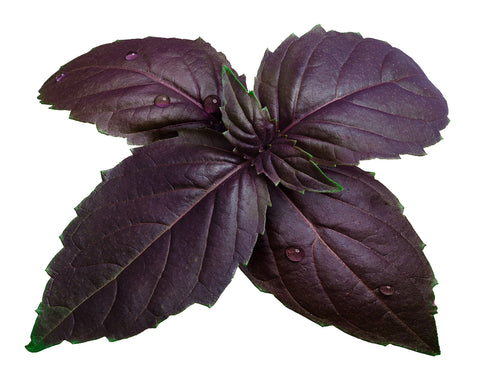

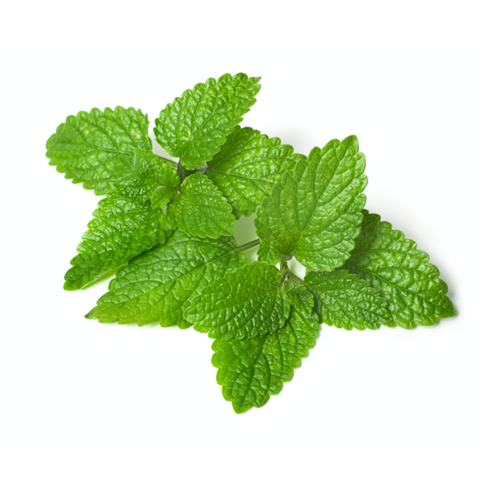
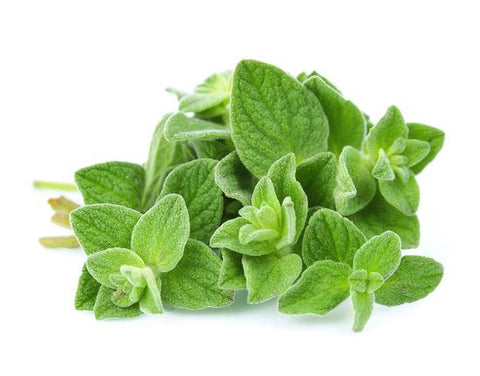
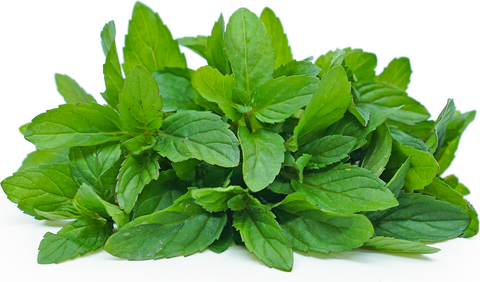

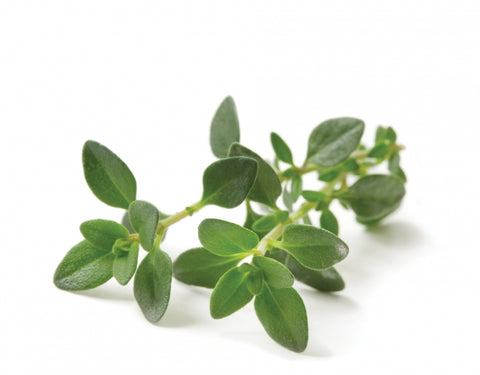






Let us know your feedback
* Comments must be approved before being displayed.